Your cart is currently empty!
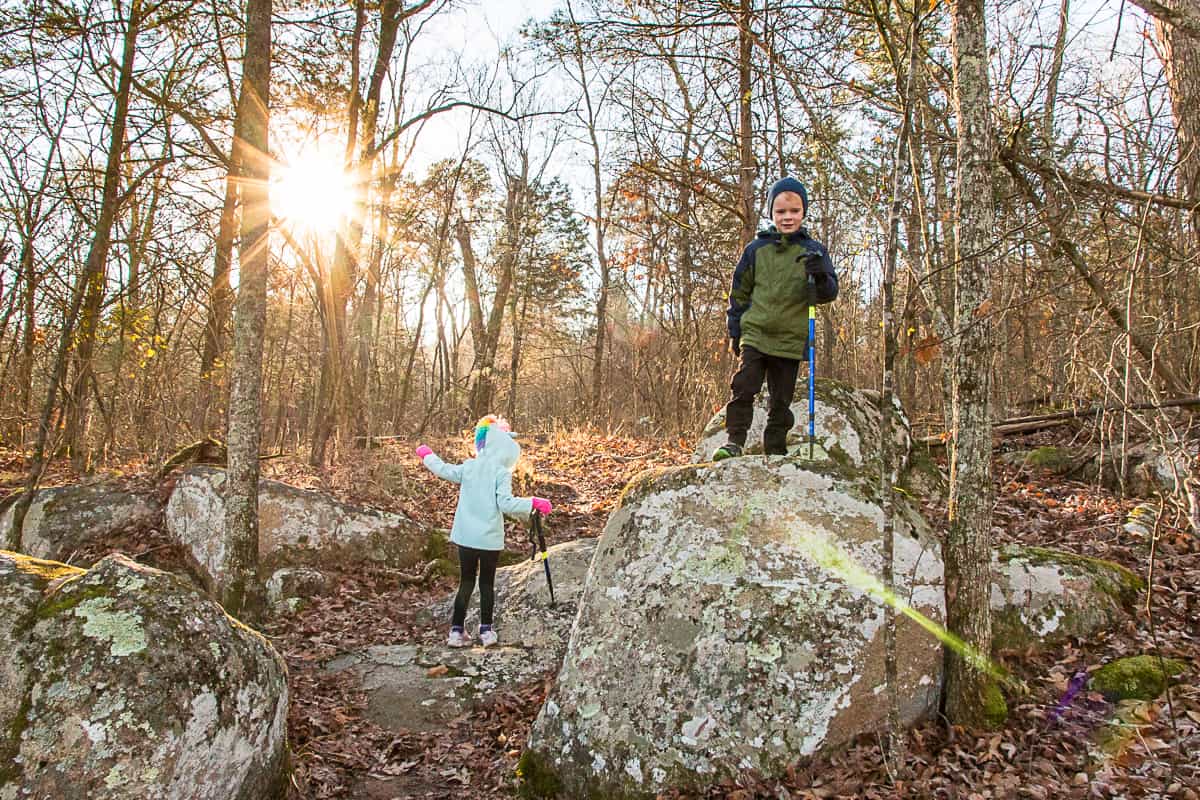
How to Find Frost Flowers While Hiking
With summer fading and temperatures dropping as we prepare for the first frost of the year, you may not be super excited about getting outside in chilly weather. However, today’s post just might change your mind as we’re about to introduce you to an amazing phenomenon that only takes place this time of year. Have you ever heard of frost flowers? Today, Midwest mom of two and local STL adventure guru Sara Lesire is here sharing everything you need to know to find frost flowers with your kids while hiking. From what a frost flower is (it might surprise you), to where to find them, when to look, how they’re formed and why they’re so elusive, this post is filled with all kinds of amazing info. Nature is SO neat!
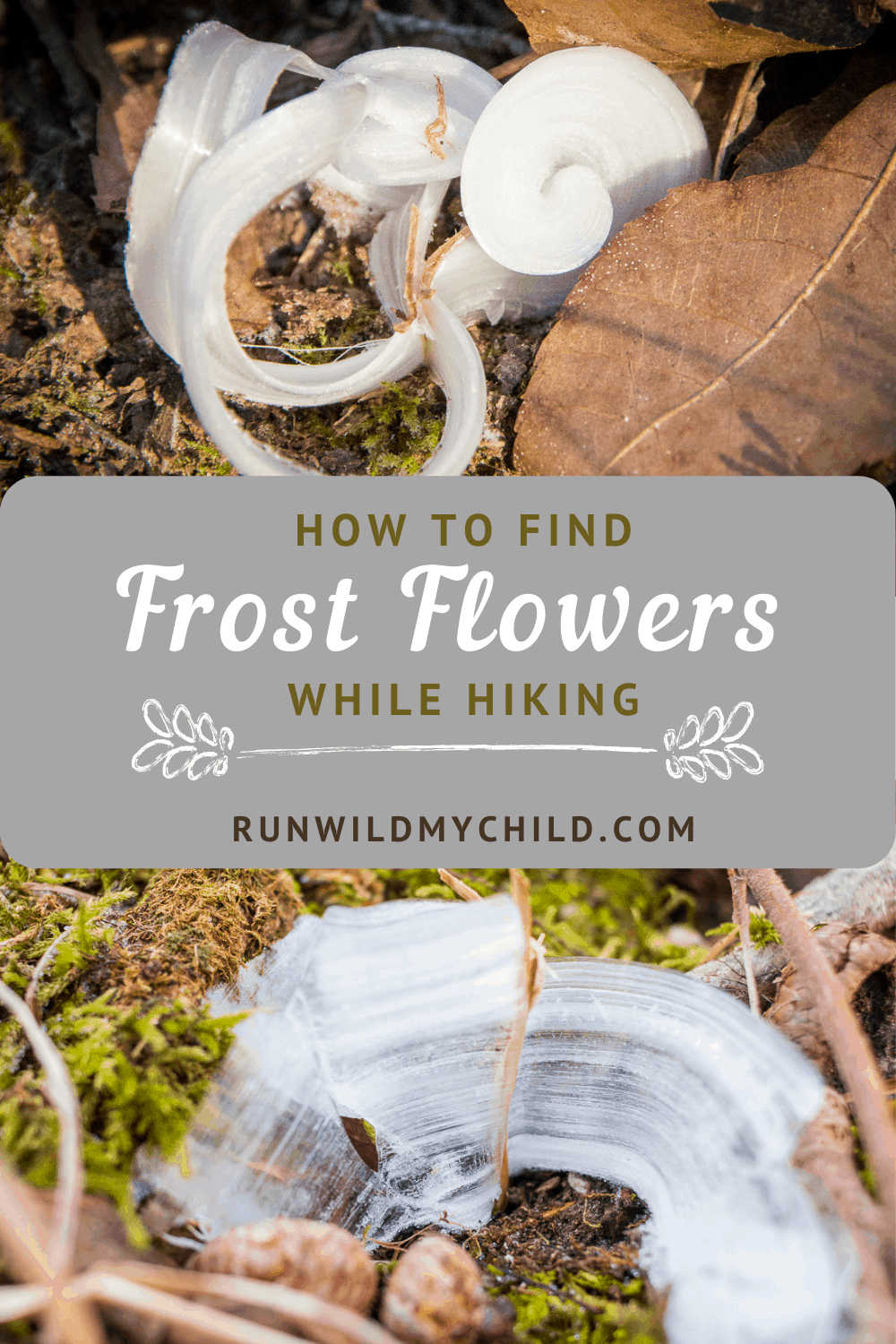
Fall is frost flower season
Fall is finally here and the temperatures are starting to drop. This season is a great time to get kids outdoors and hiking due to milder temperatures, beautiful fall colors, and fewer nuisance insects. Another great advantage to fall hiking is the surprise discovery of frost flowers!
These elusive cool weather gems provide a wonderful outdoor treasure hunt opportunity for the whole family. Frost flowers are rare and fleeting, but quite the experience to discover. Not only does searching for frost flowers provide a fun way to explore nature, but it also is an opportunity for a science lesson to learn about how they form.
While you may never have even heard of frost flowers, I will explain the formation process and tips for how to find frost flowers while hiking.
What are frost flowers?
Despite the name, frost flowers aren’t actual flowers at all! Did you see that plot twist coming? These delicate creations are actually composed of thin ribbons of ice that curl into intricate petal shapes.
They may also be called ice flowers, ribbon ice, or rabbit ice. Stunning and short-lived, frost flowers emerge from the stems of specific plants as the temperatures begin to dip below freezing. Once the sun rises and warms the ice, these fragile ice crystals vanish away quickly. You can’t plant them or grow them, but when the weather is right they appear almost like magic.

How frost flowers form
While it may look like fairies spin these lovely creations overnight, in reality, frost flowers require very specific conditions in order to form. Frost flowers develop when the air temperature drops below freezing, but the ground is still warm. This usually occurs around the first frost of the season when the thermometer drops sharply at night, but the days are still warmer.
The higher ground temperatures are enough to keep the plants’ root systems active. As water or sap is drawn up into the stems, the cooler night air causes the moisture to freeze. The frozen moisture expands and forces pressure against the stems. This causes small cracks or fissures through the stem surface.
The moist and warm roots continue to send liquid up through the stem which then pushes out through the cracks in the stem. When this water reaches the colder air, it quickly freezes. As more water continues up the stem, the liquid continues to be forced out through the cracks and freezes upon contact with the air. (You can explain it to kids as similar to pushing toothpaste out of a tube.) This continued liquid to ice cycle creates fragile ribbons of ice that can curl and morph into unusual nature sculptures.
Size and shape of frost flowers
The size of the cracks in the stem and the type of plant determine the shape of the frost flowers. Wider stem cracks will lead to thicker flower petals. Thinner cracks create even more delicate ice crystals that twist and curl. Some stems split completely in a vertical line.
Just like snowflakes, no two frost flowers will look alike. As the ice ribbons form, they can join into each other to create petals, flowers, and even heart shapes.
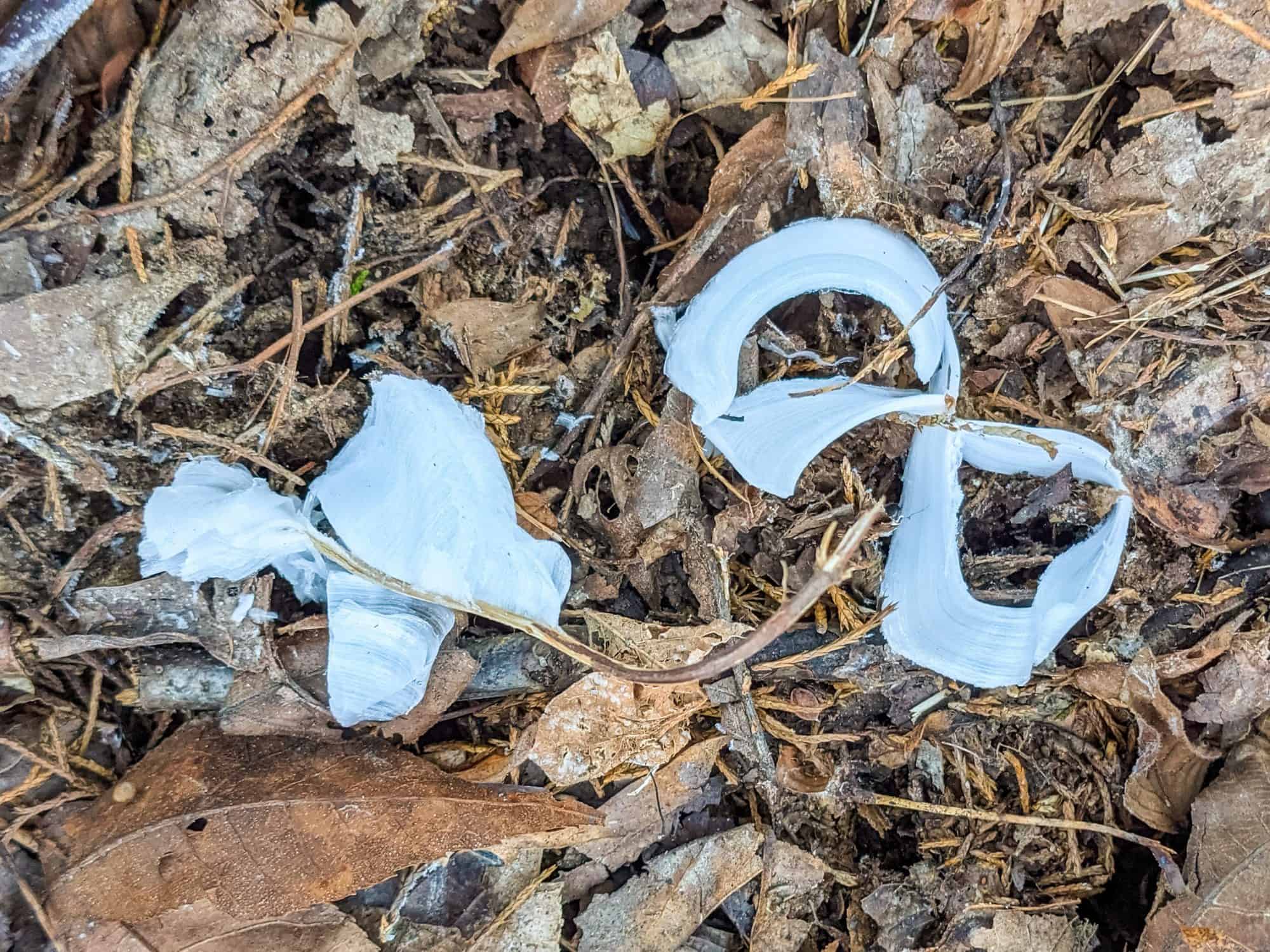

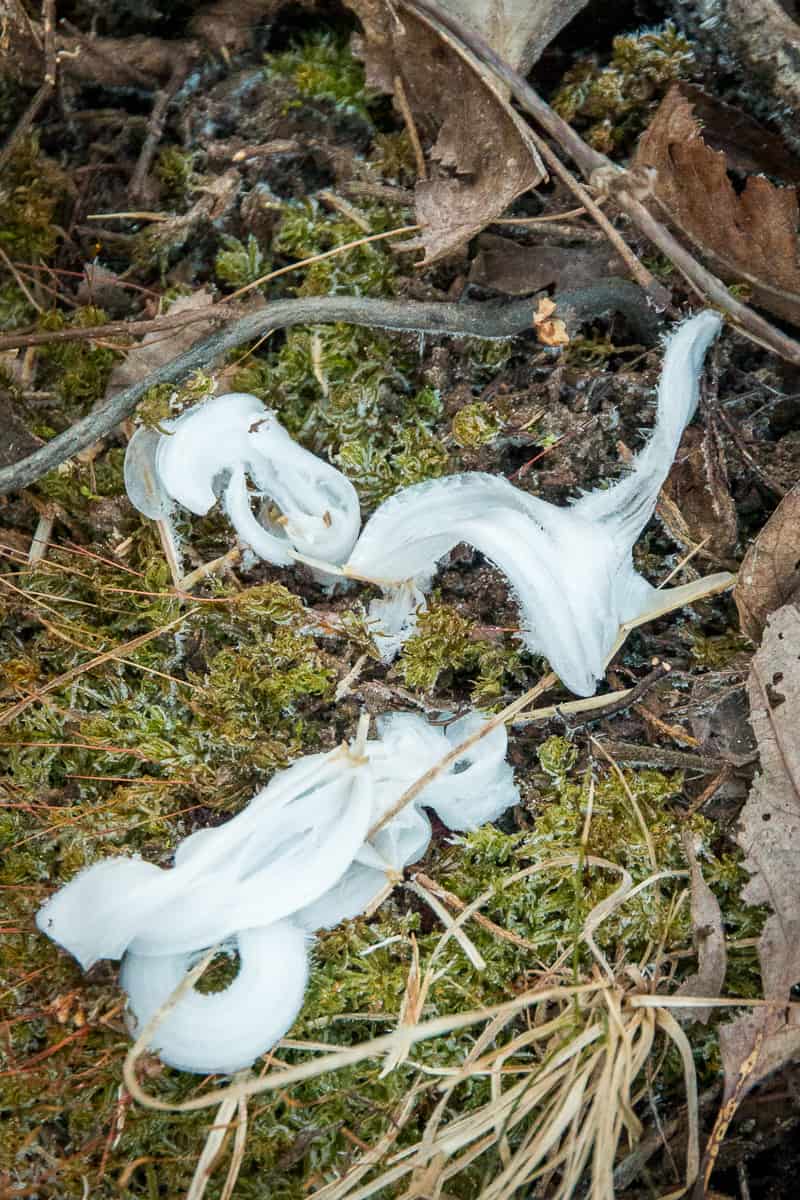
Which plants create frost flowers?
Not all plants form frost flowers. According to American Scientist, about 40 different species worldwide are known to develop frost flowers. Scientists are sure exactly why only certain plants form frost flowers, but it may be due to a more active root system or stems that more easily rupture.
The more common species that lead to frost flowers include dittany, stinkwood, ironweed, crownbeard, frostweek, tickweed, Indian tobacco, and wingstem. You may even see frost flowers in wood, where water vapor is forced through the wood pores. I have also witnessed frost flowers emerging from rocky surfaces under the right conditions.
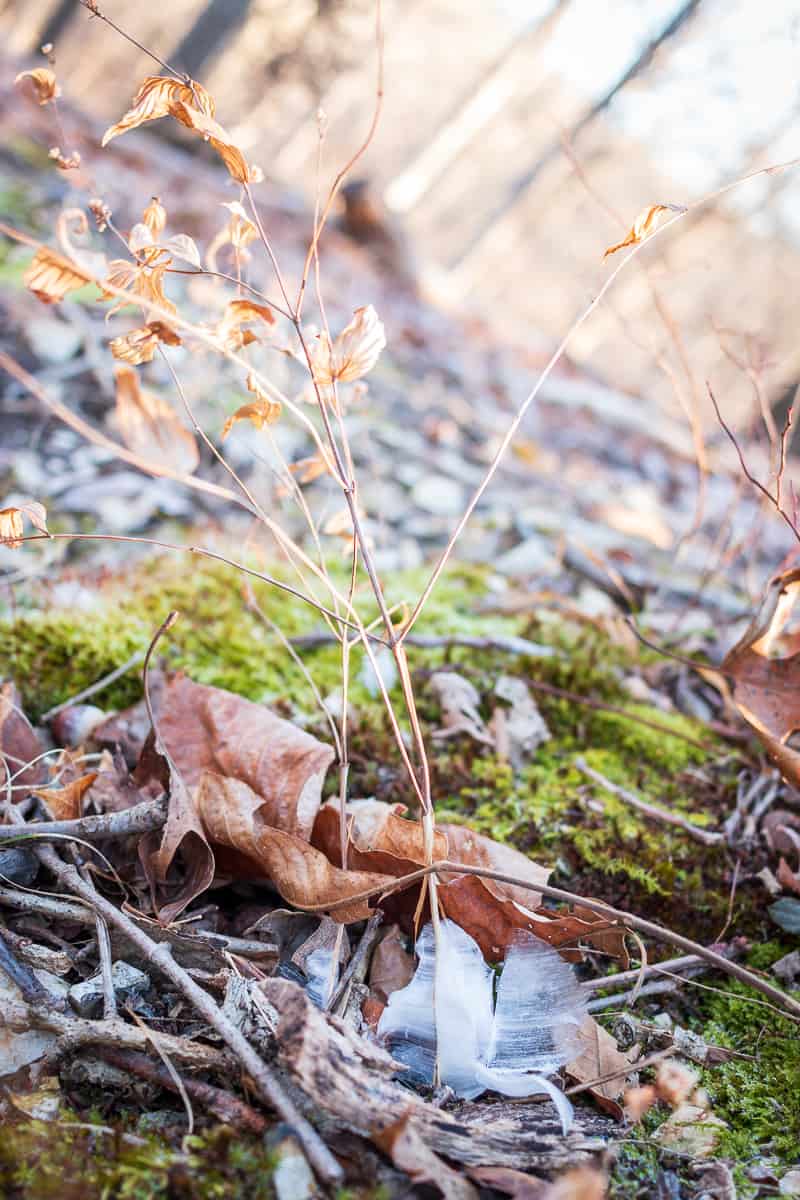
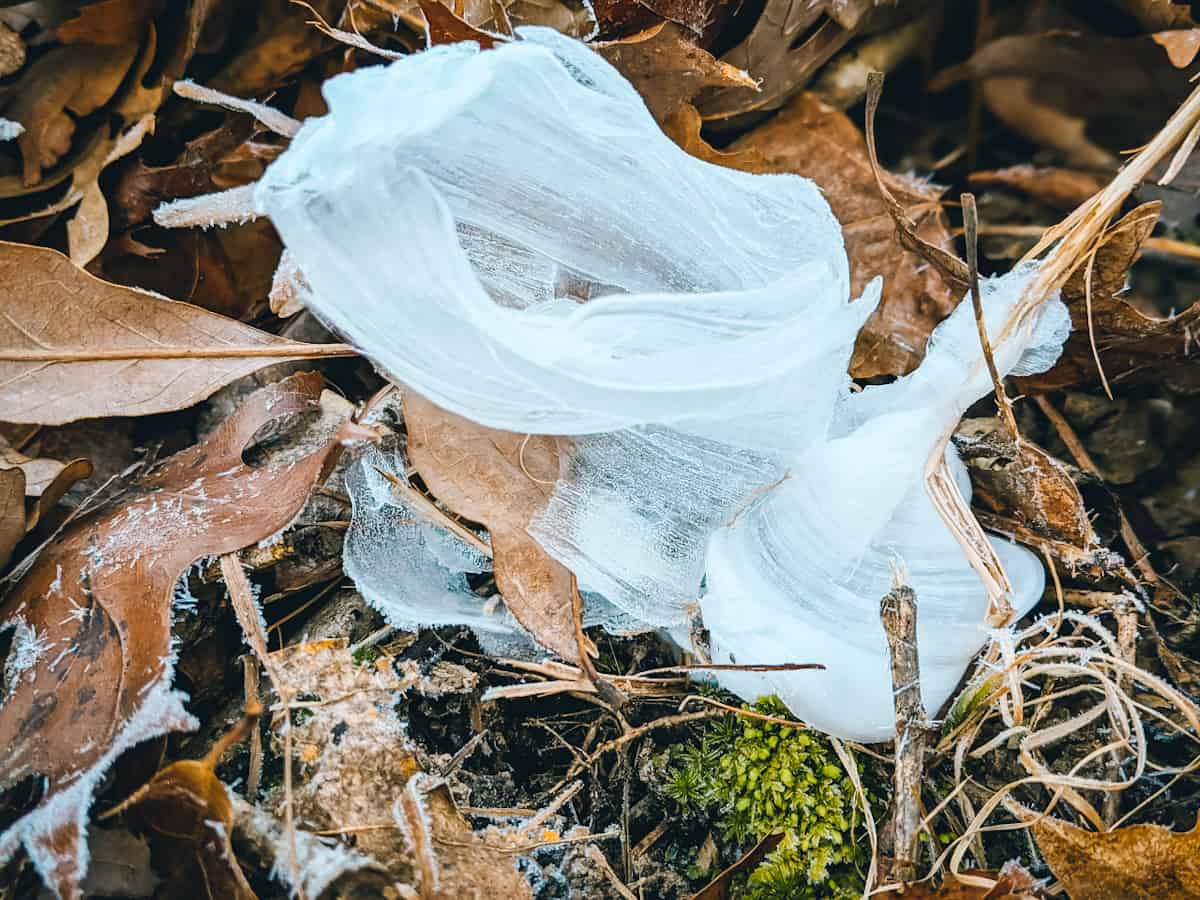
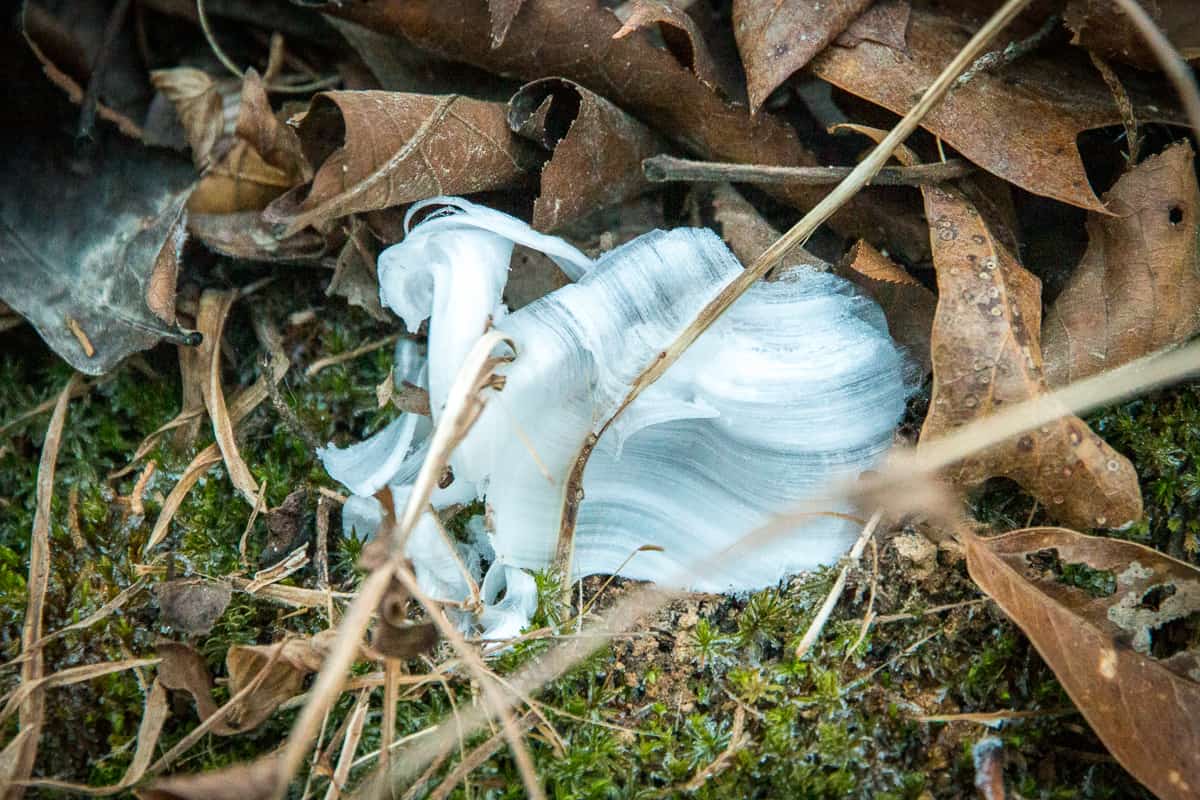
Where to look for frost flowers
The discovery of frost flowers can be exciting but you have to look in the right place. Frost flowers will only occur in areas where the temperature dips below freezing and the correct plant species grow. In the U.S., they can be found in the Midwest, Northeast, and portions of the South. An internet search may be able to help discover if or where in your area these plants grow.
Natural areas that are not mowed are a good place to search in these regions. Many of the plants that produce them grow in more moist or woody areas. I often find them in areas that are mossy, forested, or near a creek. Hilly and shades areas where the temperature is cooler are also good hunting spots. Another common location is a field near the edge of a wooded area. You may have to look closely or peek under fallen leaves to find them.
You could try looking while hiking at a local state park or nature preserve to find undisturbed areas. In Missouri for example, I have found them at parks with heavy woods, mossy hills, and streams such as Meramec State Park and Rockwoods Reservation.
How to spot frost flowers
When you first happen to witness frost flowers, they may appear as trash or tissues littering a field or forest floor. Upon closer inspection, they appear as delicate as cotton candy or a spider’s web. Once you are fortunate to find one, keep an eye out and see how many more you can discover. My kids find this process a fun scavenger hunt.
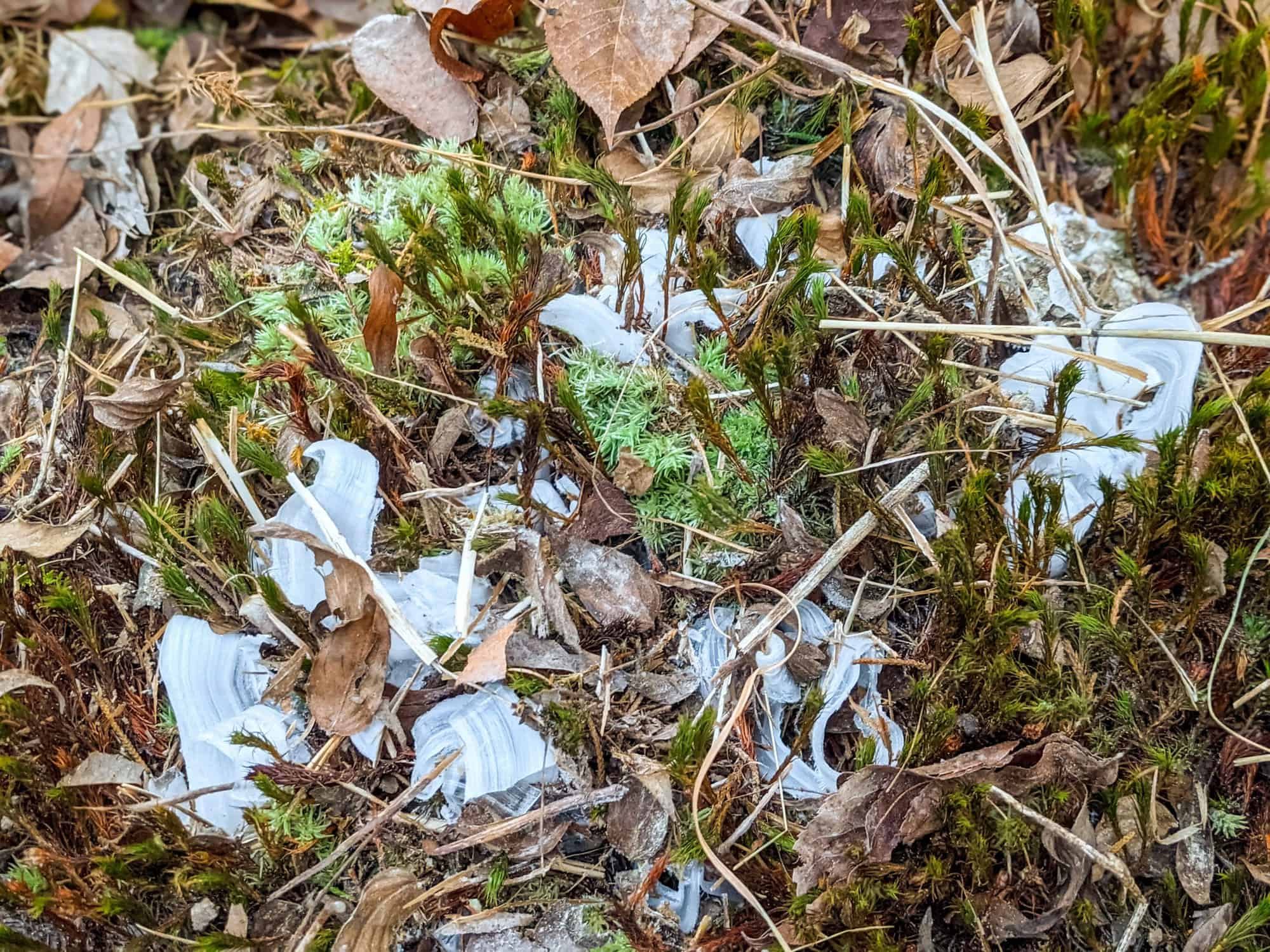

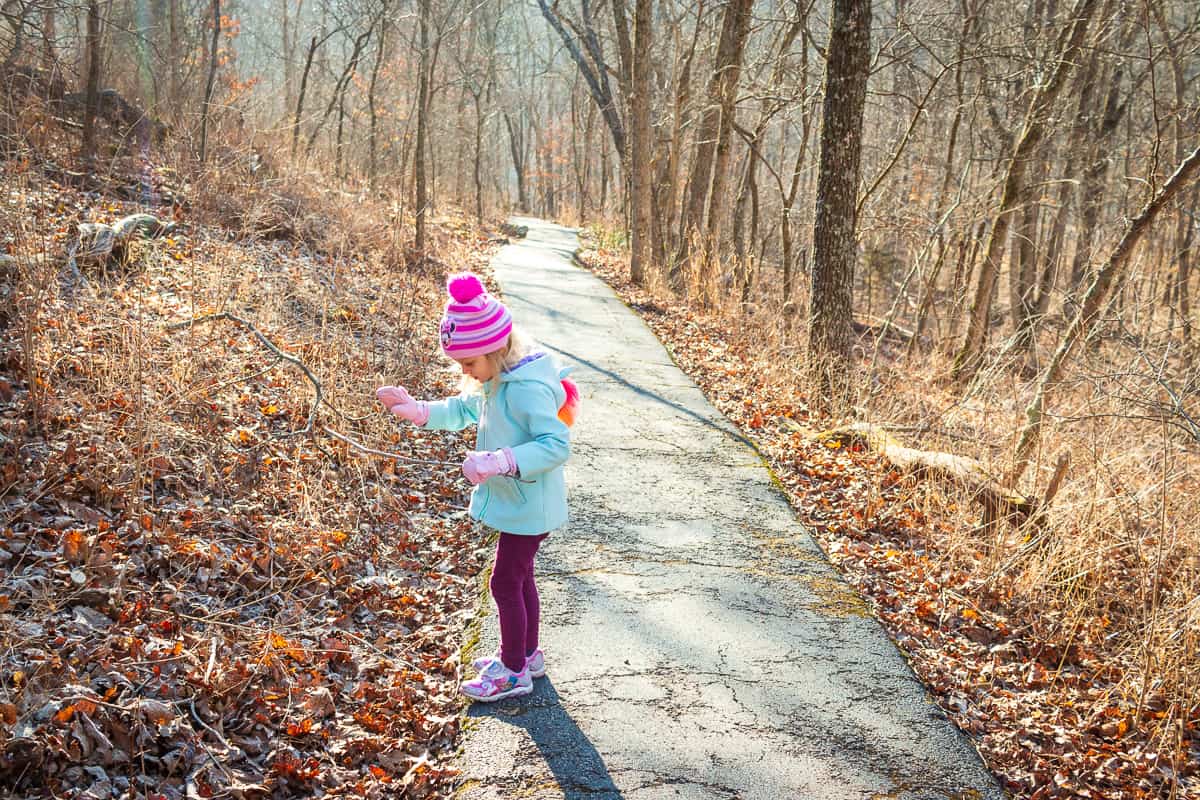
When to look for frost flowers
The timing of frost flowers is very difficult to predict as proper conditions are very specific such as when catching a rainbow. Typically, frost flowers emerge after the first good frost in fall or early winter. The first hard temperature drop of the season can cause the moist plant stems to rupture and initiate the process of the moisture being forced through the previously cracked stems. This process can continue for days or weeks depending on how the weather cooperates.
If the weather continues in an up and down pattern of warm days and cold nights, you can witness frost flowers emerging for a much longer period. While most common in fall, the process can also occur in winter and spring. Once the ground freezes, the process will cease as moisture can no longer move up the stems.
Early morning frost flowers
In order to witness the frost flower phenomenon, you need to get an early start to explore. The ice crystals form in freezing overnight hours just like typical ground frost. However, they melt away quickly when the sun begins to shine and warm the ground.
For the best chance of finding frost flowers, try to time a morning hike for soon after sunrise if you can drag the kids out of bed in time to go searching. If the day stays cool or cloudy, you may even be able to spot frost flowers into the late morning hours.
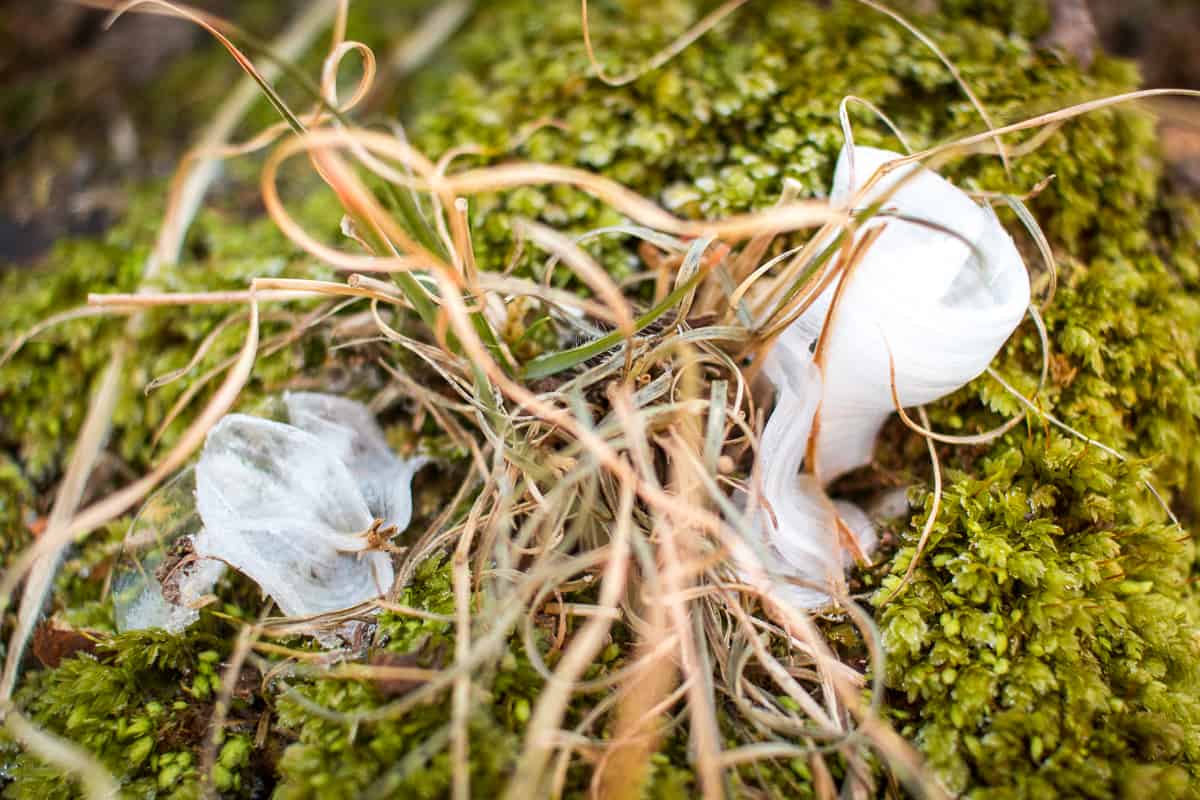
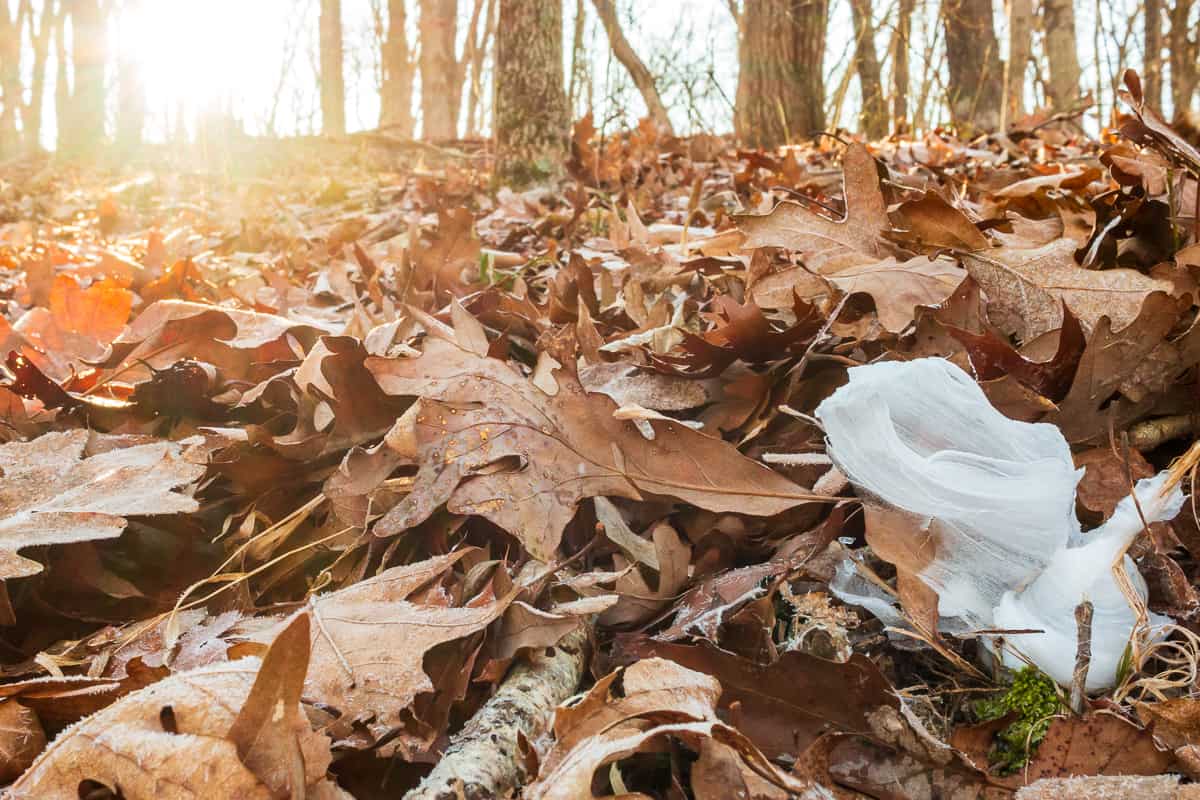
Preparing to look for frost flowers
Since frost flowers emerge after a hard drop in temperatures, be prepared with the proper gear and attire for exploring outdoors. A warm hat, gloves, and coat are key for keeping little ears and fingers warm.
Since the ground will often be frosty and damp, a good pair of water-resistant hiking shoes and wool blend socks can keep toes dry. While the nights and mornings may be cool, the daytime weather can warm quickly as the sun rises. Layers are always a good choice to allow shedding warmer outerwear.

Explore responsibly
Frost flowers are both rare and short-lived. In order to allow others to enjoy the spectacle, please teach children to observe gently. I allow my kids to carefully touch a few in order to understand what they are made of and how they are created. However, we try to avoid damaging them in case other hikers are in the area to view these special ice creations.
Always respect all rules as far as whether venturing off-trail to explore is allowed. Even with cooler temperatures, please keep an eye out to avoid disturbing nature and wildlife. Make sure you follow (and teach) all Leave No Trace principles.
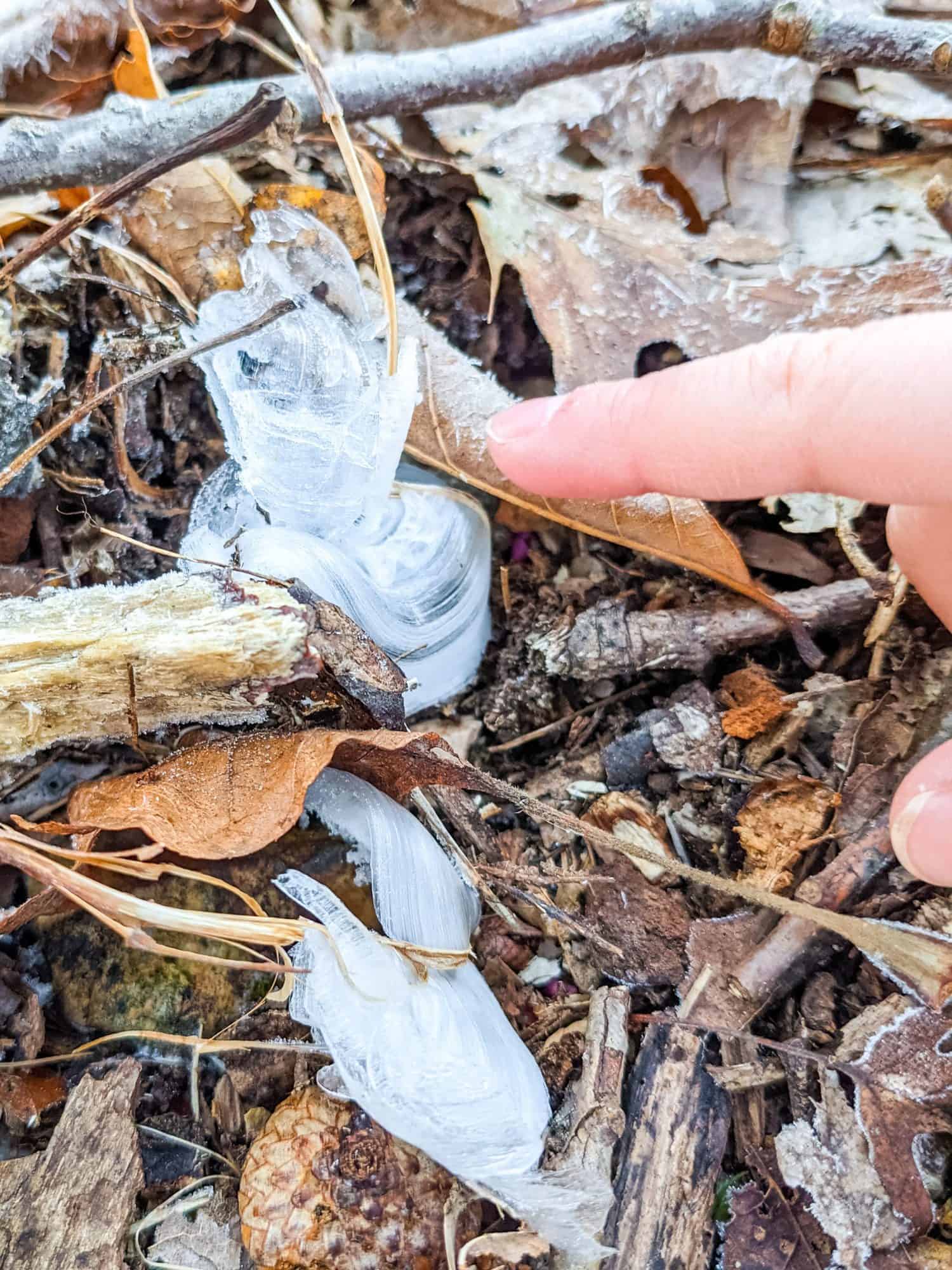
Have you ever seen a frost flower?
About the author
Sara has been married to her high school sweetheart for 17 years and together they have two children. Sara spent many childhood hours outside on her grandparents’ farm and strives for her kids to have similar carefree kid adventures. Based in the St. Louis area, she loves to share on her blog and social media all the scenic and fun places to explore around the St. Louis area and beyond. Hiking is the most popular activity for her whole family followed by hitting up the best local playgrounds. Photography is also a passion of Sara’s and she continues to be amazed at the natural beauty and wonder of God’s creation. When she is not hitting the trail, Sara works as a civil engineer.
You can find more from Sara online in the following locations:
Instagram: @midwestnomadfamily
Facebook: Midwest Nomad Family
RWMC posts: Sara Lesire
Comments
One response to “How to Find Frost Flowers While Hiking”
[…] I recently wrote an article all about the science on how frost flowers form and the best times on where and how to find them. Head over to Run Wild My Child to get the full scoop on How to Find Frost Flowers While Hiking. […]

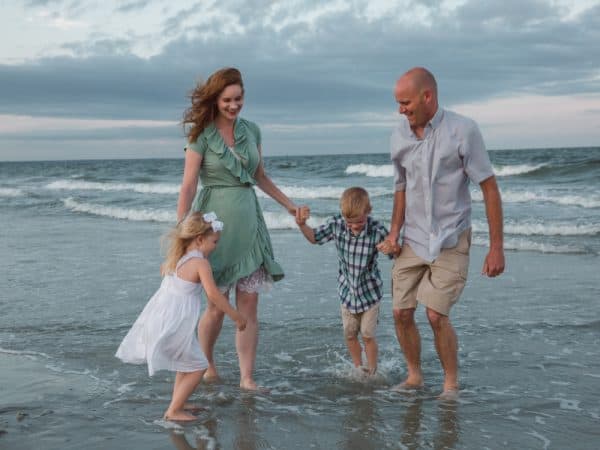
Leave a Reply